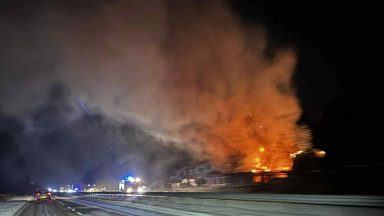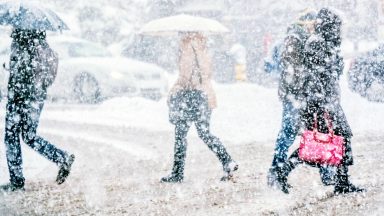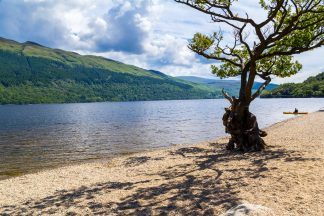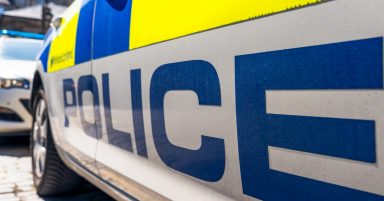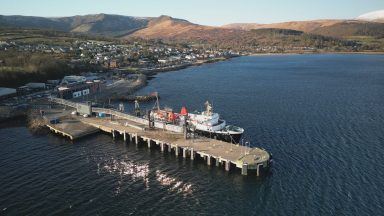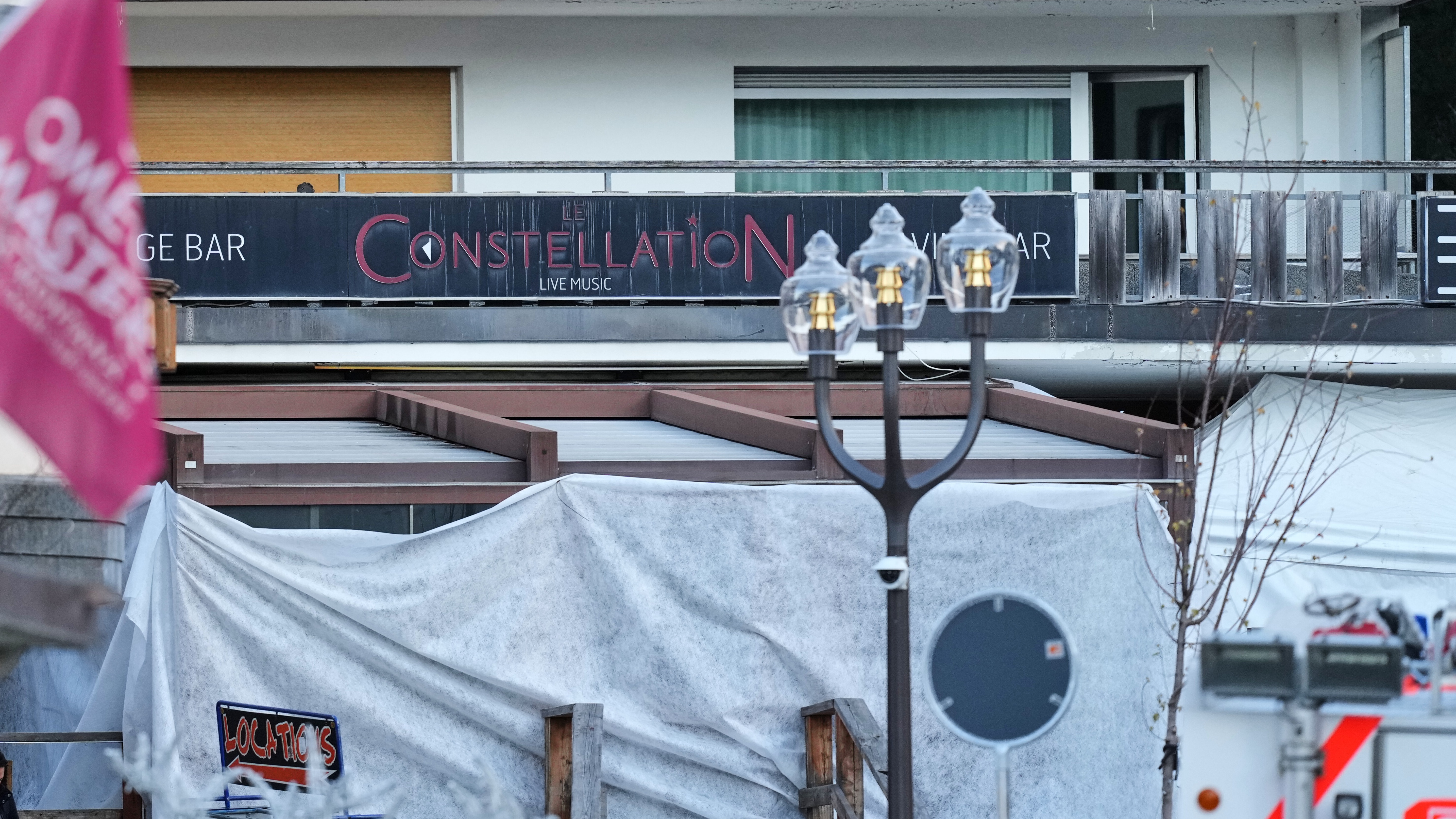More than 5,000 diseased ash trees face the axe in South Ayrshire, at a cost of almost £7m over the next seven years.
South Ayrshire Council has been assessing the risk caused by the spread of Ash Dieback, which weakens Ash trees to the point where they are a safety risk.
The council’s cabinet will hear a report on a seven year plan to address the issue from Depute Chief Executive Mike Newall on Tuesday.
In his report, Mr Newall states: “The diseased trees can pose a significant risk to safety such as those trees located next to roads, in parks and open spaces and next to power lines.
“The loss of the trees will have a huge negative impact on biodiversity and the landscape and there will be a substantial economic impact through the need to manage this disease.”
Ash Dieback is spread by a fungus called Hymenoscyphus fraxineus.
The spores are released into the atmosphere, and when they land on leaves, they make their way into the tree and block water movement, making the tree brittle and affecting stability.
This usually results in the death of the tree, increasing the likelihood of collapse.
The cost of felling and removing one tree is estimated at £600, a sum that will increase with inflation each year.
The plan estimates the felling of 700 trees a year. It is expected that councils will lobby for the Scottish Government to fund the work.
Mr Newall said that the Scottish Government had recognised the ‘very real risk that these dead and dying trees will pose on human safety together with the economic and environmental impacts’.
The council has inspected 91 percent of Ash trees in open public space and parks and and placed them in one of four categories.
Almost 4,700 are ‘climbable’ making felling more straightforward.
However, 1,783 are in poorer condition due to the effect of the disease. These trees are deemed unsafe to climb and require attention in the next three to six months.
Of the 6,898 trees surveyed in total, around 16 per cent were found to be in private ownership.
The survey also found that 10 per cent of those trees would not require felling, leaving a total of 5,216 to fell.
The response to the disease is being undertaken by both South Ayrshire Council and Ayrshire Roads Alliance.
ARA were tasked with identifying the ownership of trees that are adjacent to roads.
Identified owners would be responsible for carrying out the felling.
However, if they do not undertake the work, the council would intervene and invoice them for the cost.
If an owner cannot be identified, the council will carry out the work.
The report states that both the council and ARA would have to carry out and inspection every year, to note any deterioration in the health of trees and take action.
These inspections would take six months of the year initially, but due to felling will be quicker towards the end of the seven year programme.
While it outlines the estimated cost of the programme, including surveys, felling and replanting, at an average of £1m a year over seven years, Mr Newall warns that the work is dependent on ‘future funding availability’.
He concludes: “Neighbourhood Services and ARA have already identified a significant number of Ash trees which are now a known risk and require to be felled as soon as possible.”
He adds that failing to take action ‘could have serious or fatal consquences’ by breaching its duty of care, as far as opening the door to criminal proceedings.
The cabinet will consider the plan on Tuesday, March 14.
Follow STV News on WhatsApp
Scan the QR code on your mobile device for all the latest news from around the country


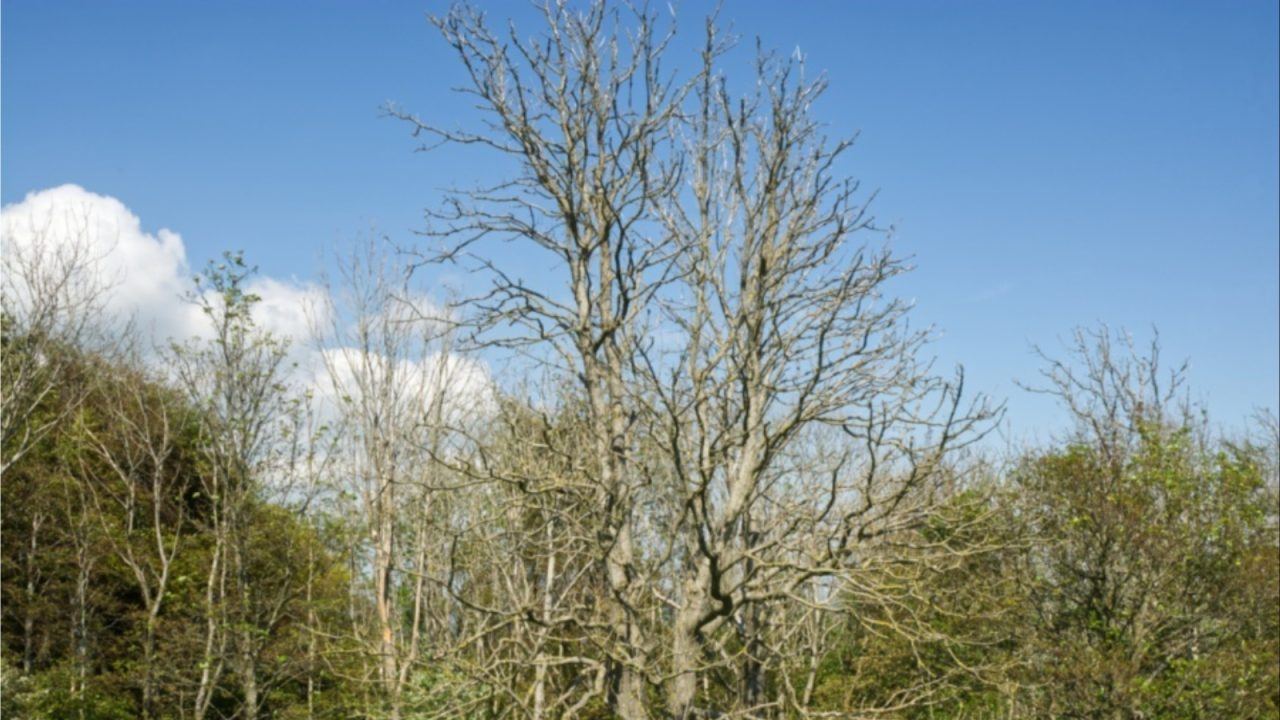 LDRS
LDRS

